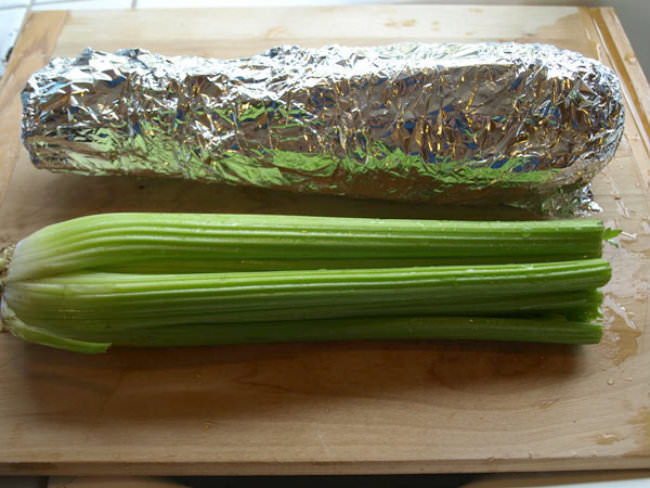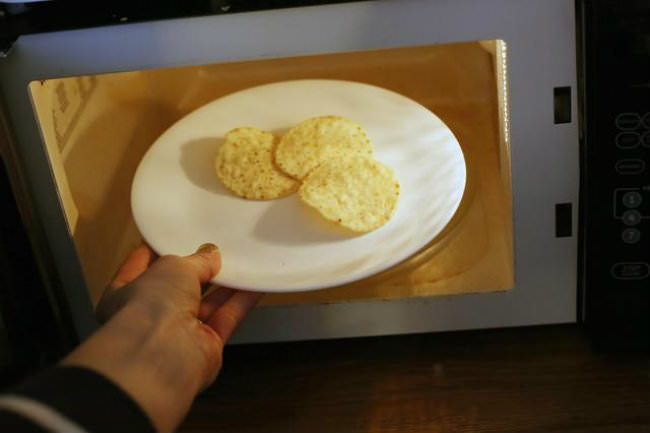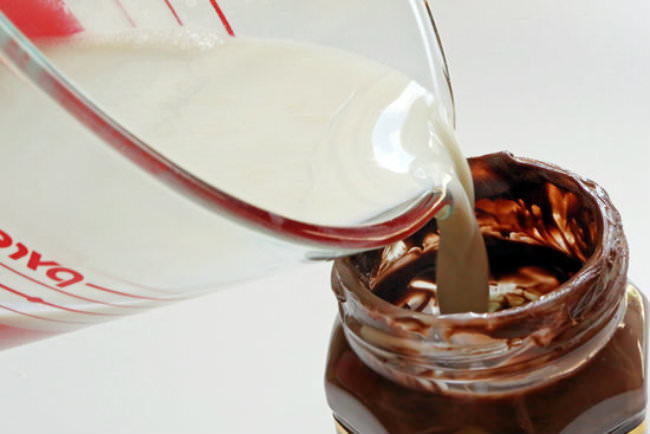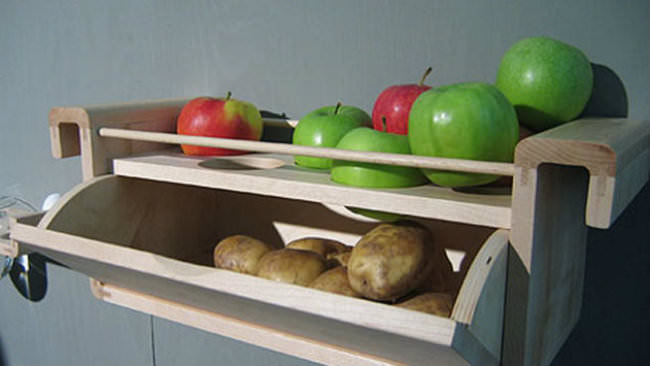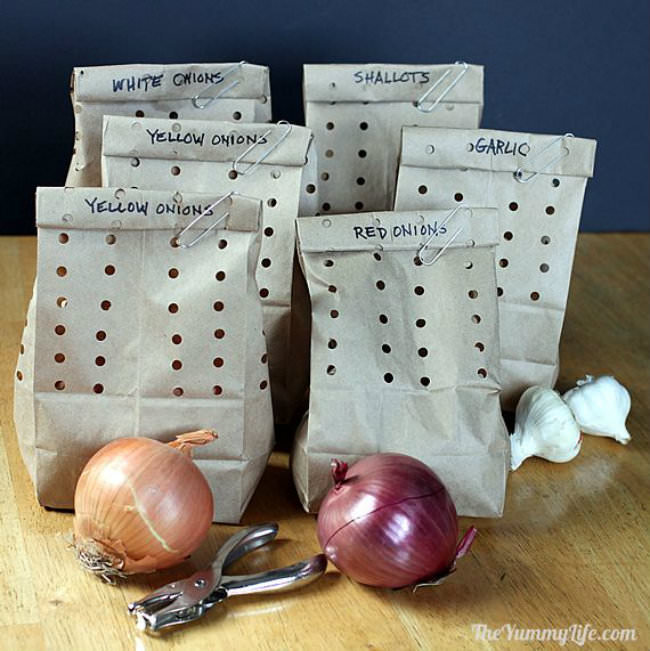7. Store lettuce with a paper towel
|
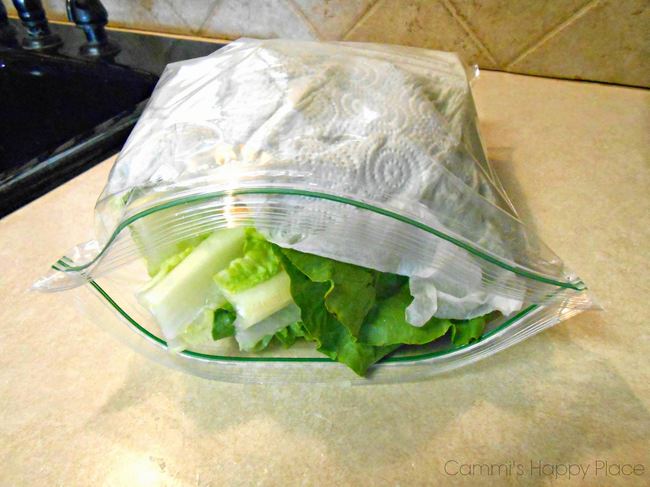 |
|
When it comes to lettuce, as
opposed to the celery, moisture is the enemy. Keeping it in a sealed bag
with a paper towel will keep moisture away from lettuce, leaving it
crisp and delicious.
|
8. Store natural nut spread upside down
|
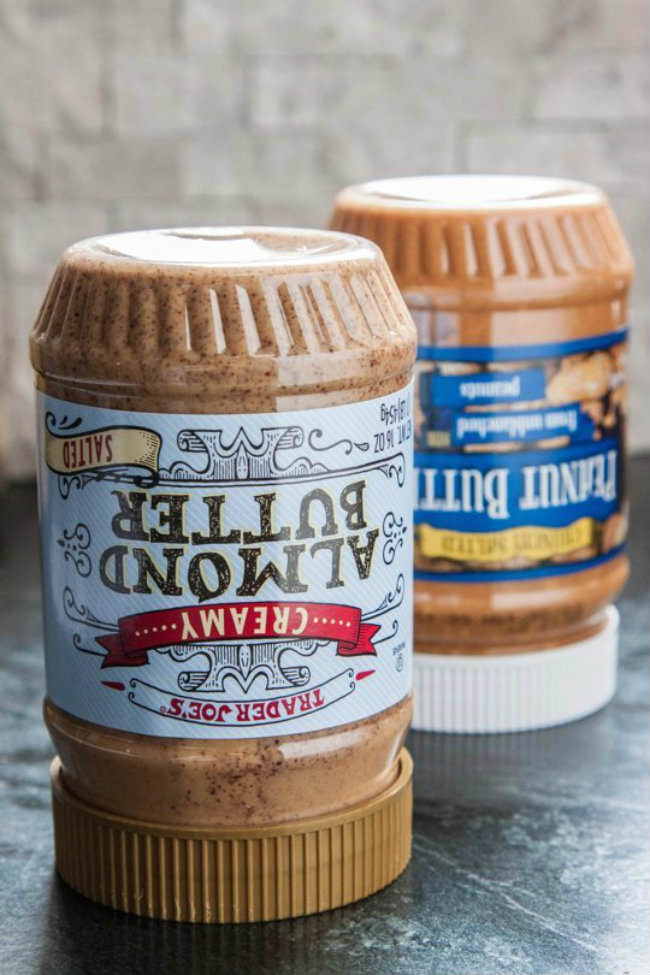 |
|
The common way to store
natural nut spread leads to the natural oils in the nuts to float
upwards, leaving the bottom hard and drier. By flipping the container
for a couple of days, you help the oils return to the whole of the
spread, making stirring much easier and helping you avoid that terrible,
hard bottom layer.
|
9. Avoid empty spaces in the fridge
|
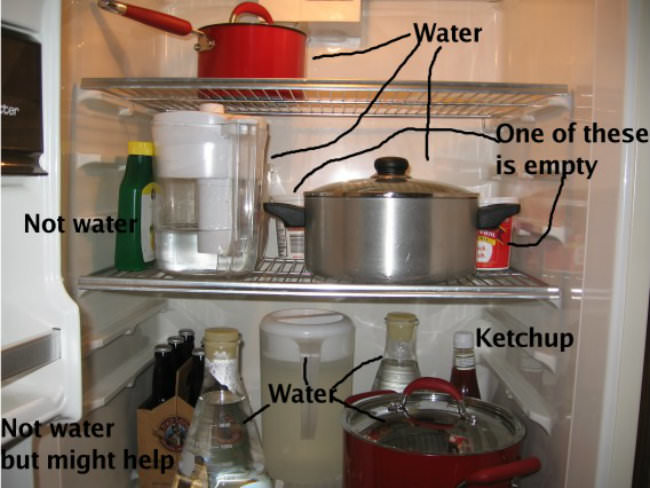 |
|
Every time you open the
fridge door, you let the cool air inside seep out while allowing the
warmer room temperature to get in. This forces the fridge to work harder
to restore the temperature and can lead to fungus and bacteria to
propagate faster (the cold temperature slows this process down
considerably). If your fridge isn’t full, keep a few containers full of
water in the empty spaces. Water cools down slower than air, helping
maintain the surrounding ambient temperature down.
|
10. Turn leftover mayo into salad dressing
|
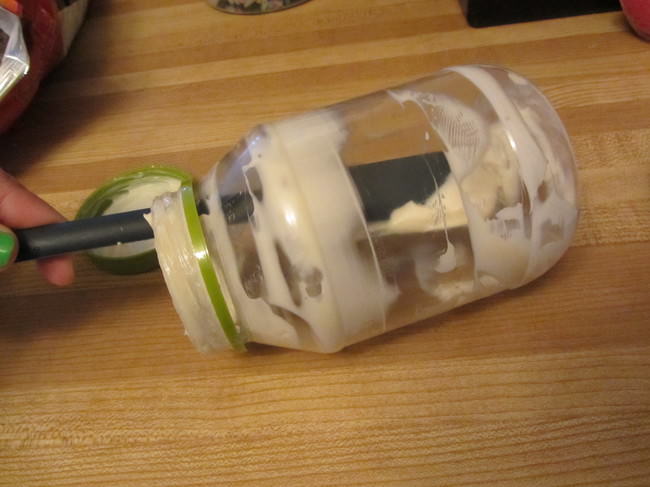 |
|
Every time you finish a jar
of mayo, don’t throw it away. The leftover mayo in the jar that you
can’t be bothered to scrape out can be turned into fantastic salad
dressing: pour in some olive oil, vinegar, and add your choice of herbs,
then shake it until the residue is all mixed with the liquids, leaving
you with an easy, delicious and free dressing.
|
|
11. Before you squeeze citrus, microwave it for 15 seconds
|
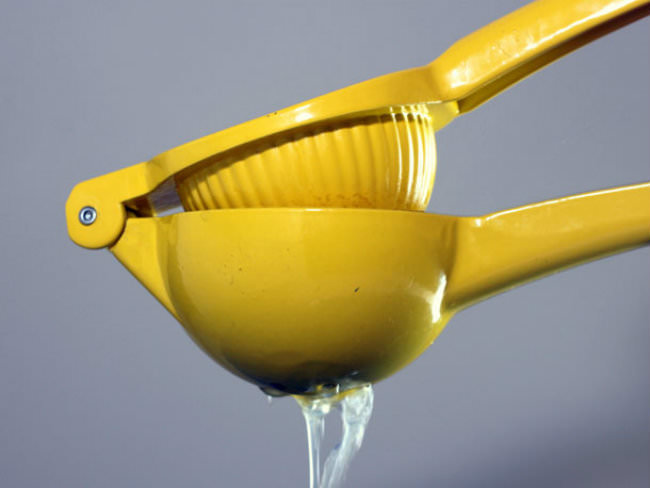 |
|
It might sound weird, but warm fruit releases juice more easily than a cold one.
|
12. Wrap banana crowns in cling-film
|
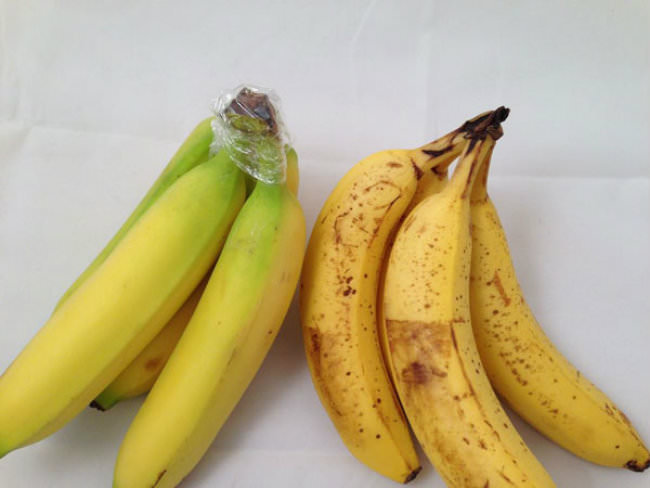 |
|
Bananas release Ethylene gas,
similarly to apples. The only problem with that is that it hastens
ripening and then – rotting. Once harvested, this process begins and
cannot be stopped. You can, however, slow it down by wrapping the crowns
in cling-film, minimizing the amount of ethylene released. (For even
better results, separate all the bananas from the bunch and wrap each
crown individually)
|
|
13. Fertilize potted plants with spent coffee grounds
|
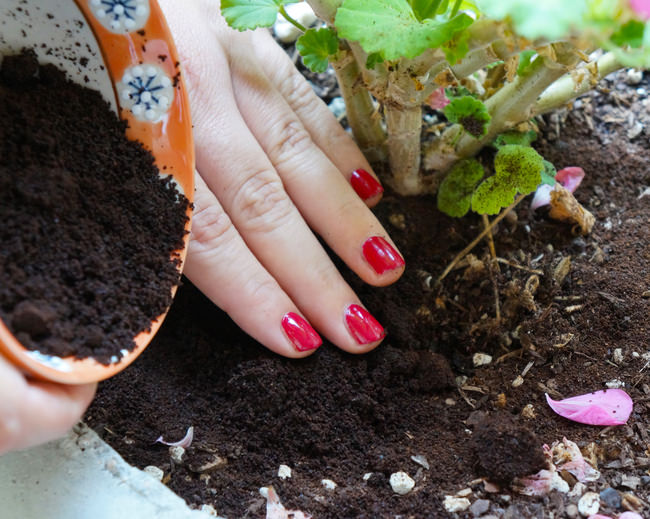 |
|
Used coffee grounds are still
rich in nutrients, making them wonderful fertilizer for potted plants,
and their acidity also helps to keep snails and slugs away. You can
sprinkle the grounds on the soil, mix it in the first 2 inches or brew
it a-little, and pour the concoction into the flower-pot.
|
14. Use huggers to preserve cut fruits and veggies
|
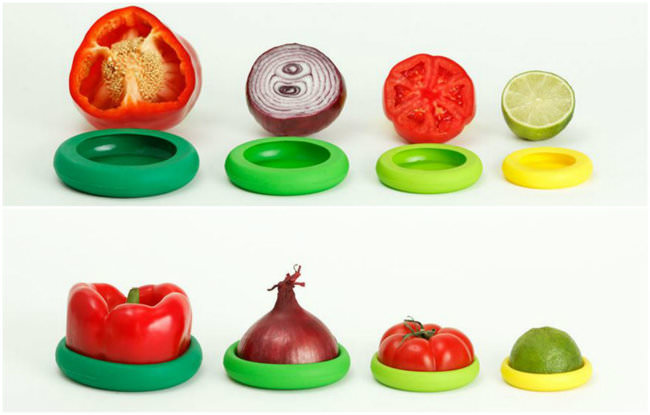 |
|
Cut vegetables and fruit rot faster due to the exposure to air. Use the huggers to keep them fresh for longer.
|
|
15. Make ready-for-use herbal butter
|
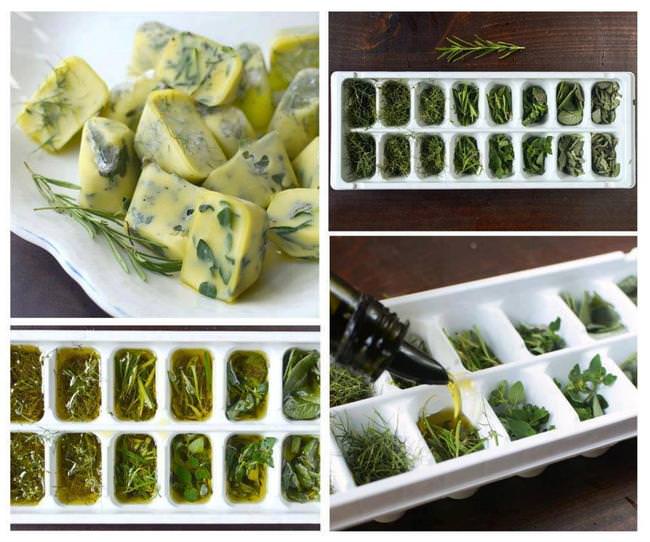 |
|
Chop fresh herbs and place
them in an ice tray, then fill with softened butter or oil. This will
prevent the herbs from spoiling and give you individual portions of your
choice of herb-butter! YUM!
|
16. Regrow leftovers
|
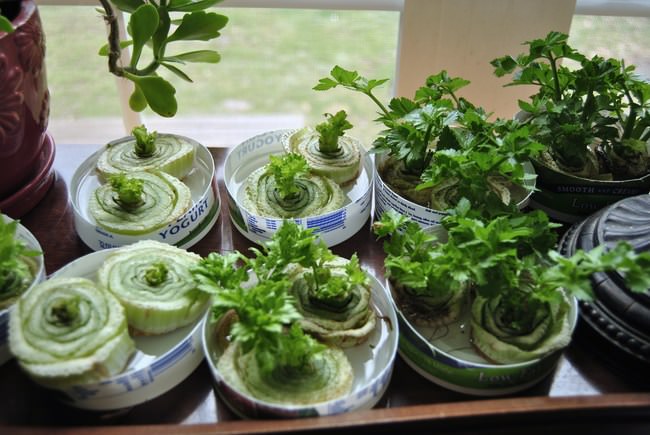 |
|
The bottom of various green
leafy veggies can be regrown. Celery, green onions, lettuce and more can
be regrown from the leftover bottoms, using a small container and
keeping them watered.
|
|
17. Leftover cheese wrappers can be used for storage
|
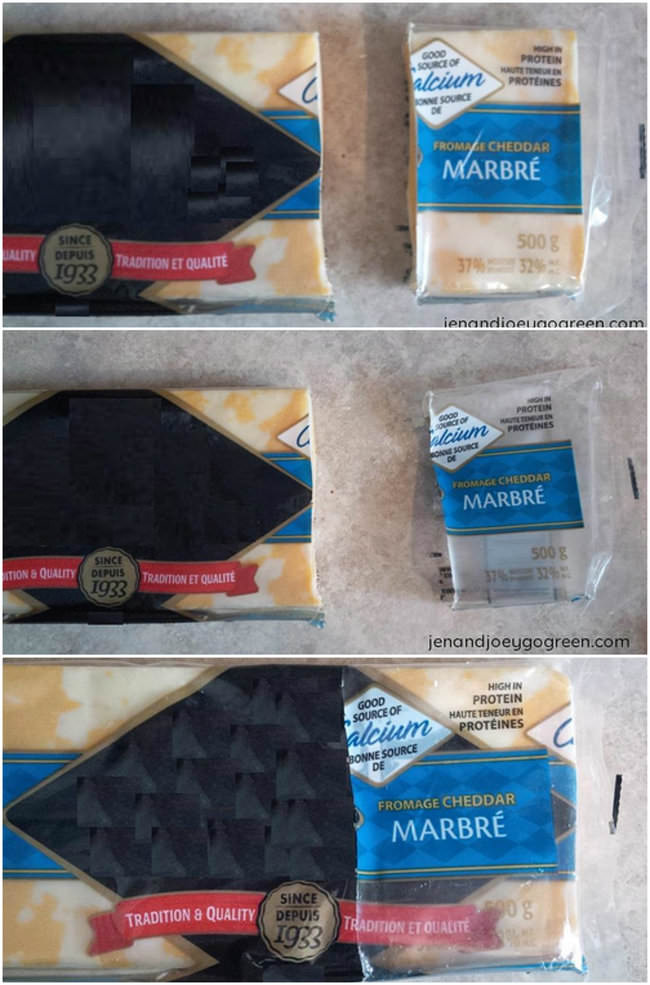 |
|
Cut the first part of the
cheese along with the wrapper, remove the cheese and use the wrapper to
seal the rest of the cheese. No more dry ends on your cheese!
|
18. Get all the mango while keeping your hands clean
|
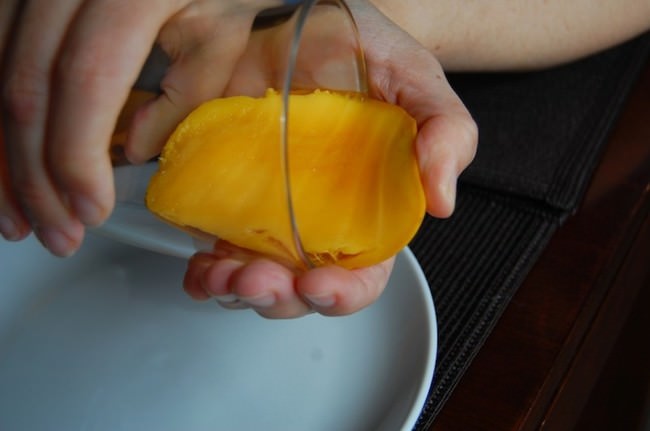 |
|
Cut the mango in halves, grab
a glass and use it as a scooper to separate the flesh from the skin. No
more wasting mango or getting your hands sticky!
|
19. Keep your avocado with an onion
|
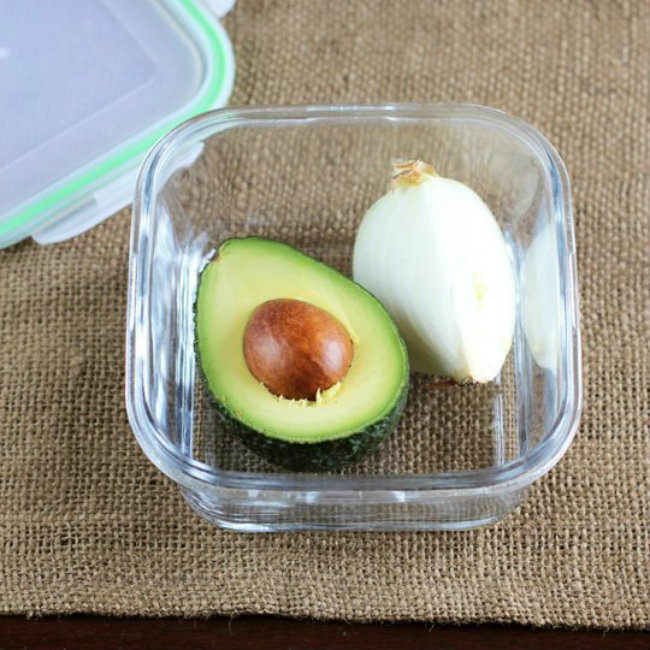 |
|
The sulfur in the onion fumes
will prevent the avocado from oxidizing and turning brown. A splash of
apple cider vinegar or lemon juice will work similarly.
|
|
20. Make leftover pizza crispy again
|
 |
|
There are 2 ways to get that
leftover pizza crispy again: Put it in a skillet and let the oil in the
crust return it into crispy goodness. Alternatively, put it in the
microwave with a glass of water. While it’s not as efficient, it’s
faster… |
